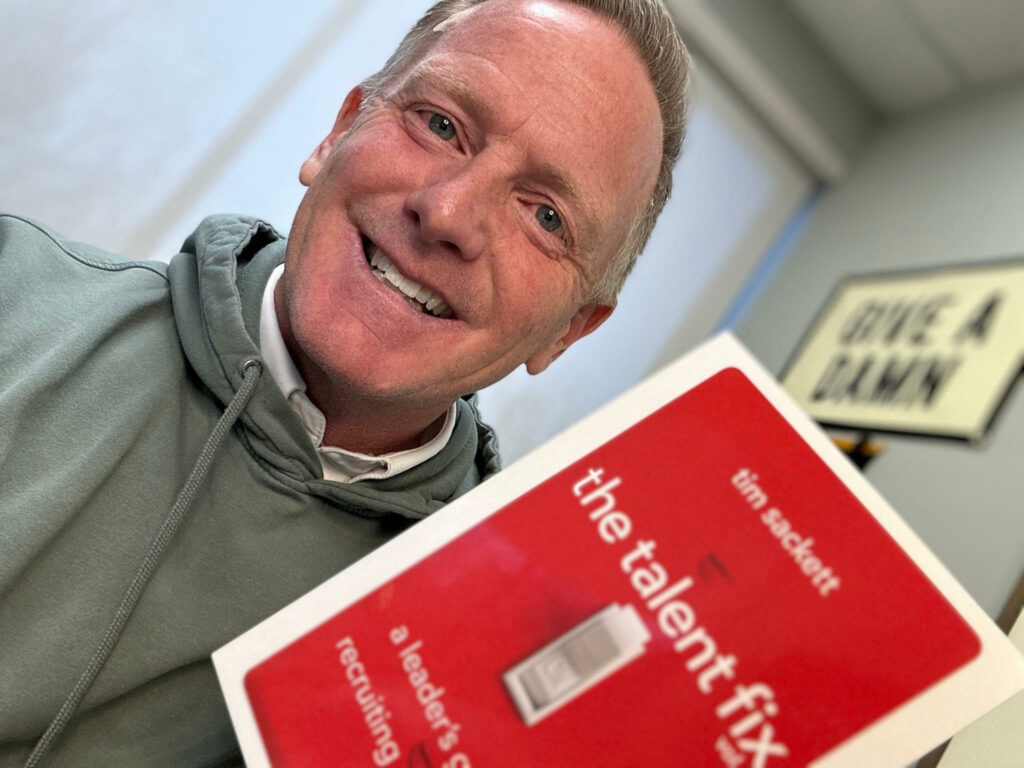So, I’ve dished out some rules before—actually, a lot of rules. You’ve probably seen my guide on Rules for Hugging at the Office, but let’s face it, office romances are trickier than a casual side hug in the hallway. In case you need a refresher, here are my no-nonsense rules for office romances that you can share with your team.
Rule #1 – Avoid falling for someone you supervise. But let’s be real, it happens. If you find yourself in this situation, be prepared to either quit, get fired, change departments, or witness the person you’re involved with facing similar consequences.
Rule #2 – Steer clear of anyone in Payroll. Messing with them may result in a temporary paycheck glitch, and even when it’s fixed, errors might haunt your payslip forever. Just don’t mess with payroll.
Rule #3 – Keep the office and office grounds off-limits for romance. I get it, love is in the air, but security footage is forever. Don’t give us reasons to laugh at your love escapades long after you’ve left.
Rule #4 – Save the explicit emails for after hours. It’s not that I won’t enjoy reading them, it’s that I get embarrassed when I have to read them aloud to the unemployment judge at your hearing. Trust me, it’s awkward.
Rule #5 – Don’t get involved with a married colleague. Even if you’re the work spouse, remember it’s not real. Reality hits hard when the actual spouse shows up, possibly keying your car in the parking lot.
Rule #6 – Choose someone with good performance. Falling for a stellar performer is a win-win. Don’t complicate things by getting entangled with someone who’s about to be shown the exit. It just makes life easier for everyone.
Rule #7 – Inform relevant parties ASAP. Movie dates are no big deal, but waking up in a different bed than your own might be. If there’s any hint of conflict, let someone in HR know. They’re there to help figure things out.
Rule #8 – Trust your instincts. If it feels wrong, it probably is. Don’t rationalize a questionable relationship. Saying things like “If this is wrong, I don’t want to be right” is a clear sign that it’s time to reassess.
Rule #9 – No need to hide your relationship. We’re all adults here. If you’re considering keeping it under wraps, that’s a red flag. Normal relationships don’t need to be hidden.
Rule #10 – We all know. Seriously, office romance isn’t as discreet as you think. We see the frequent stops at their desk and the suspicious stairwell visits. We’re not oblivious. Cut it out.

